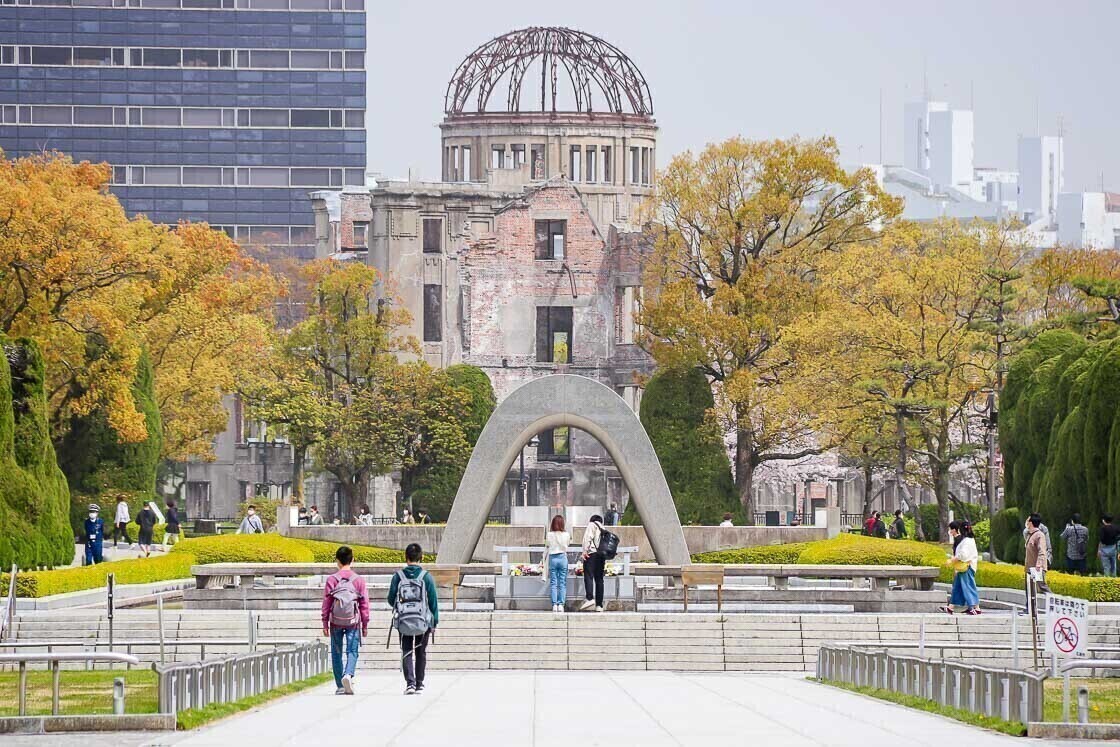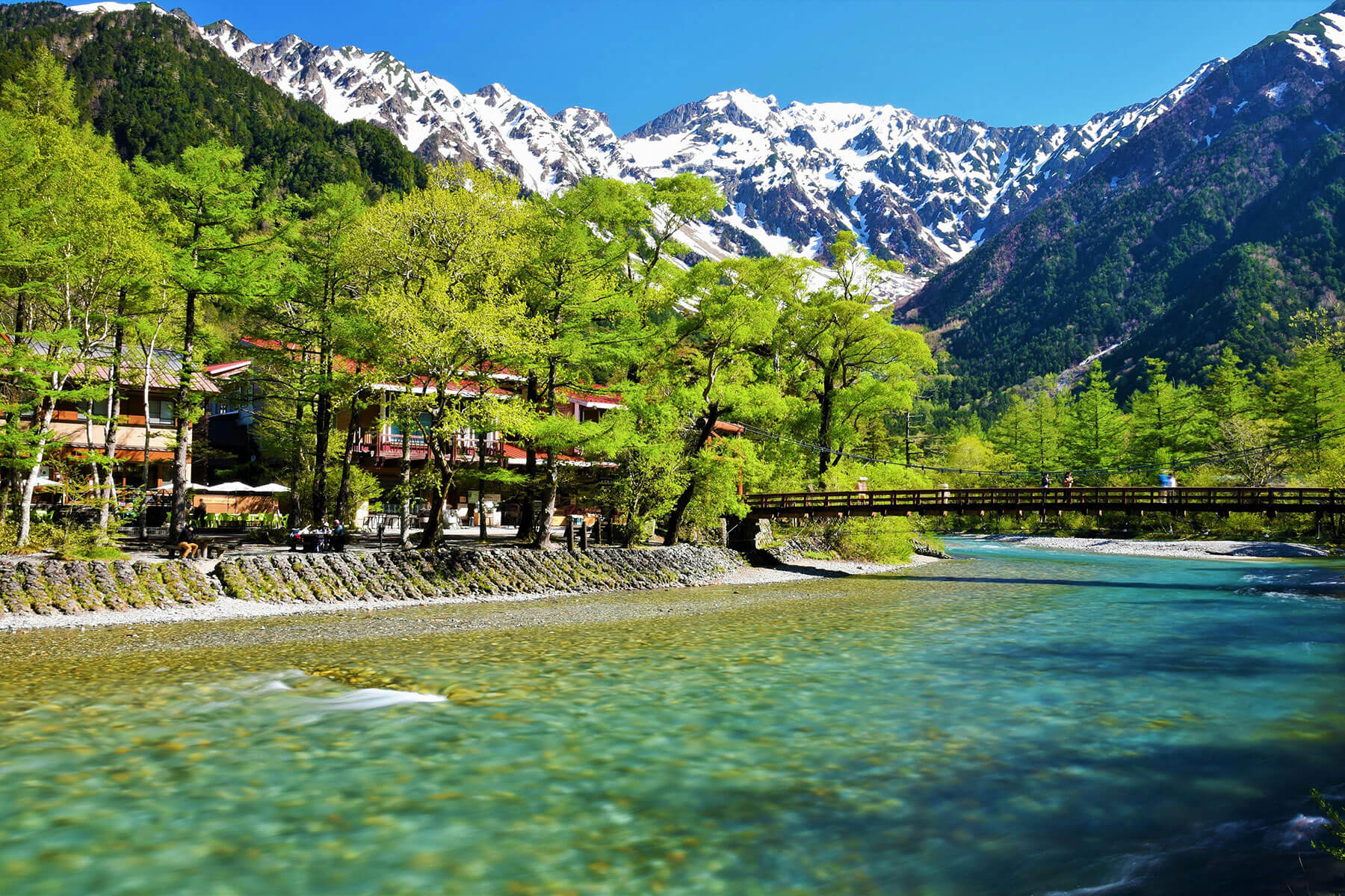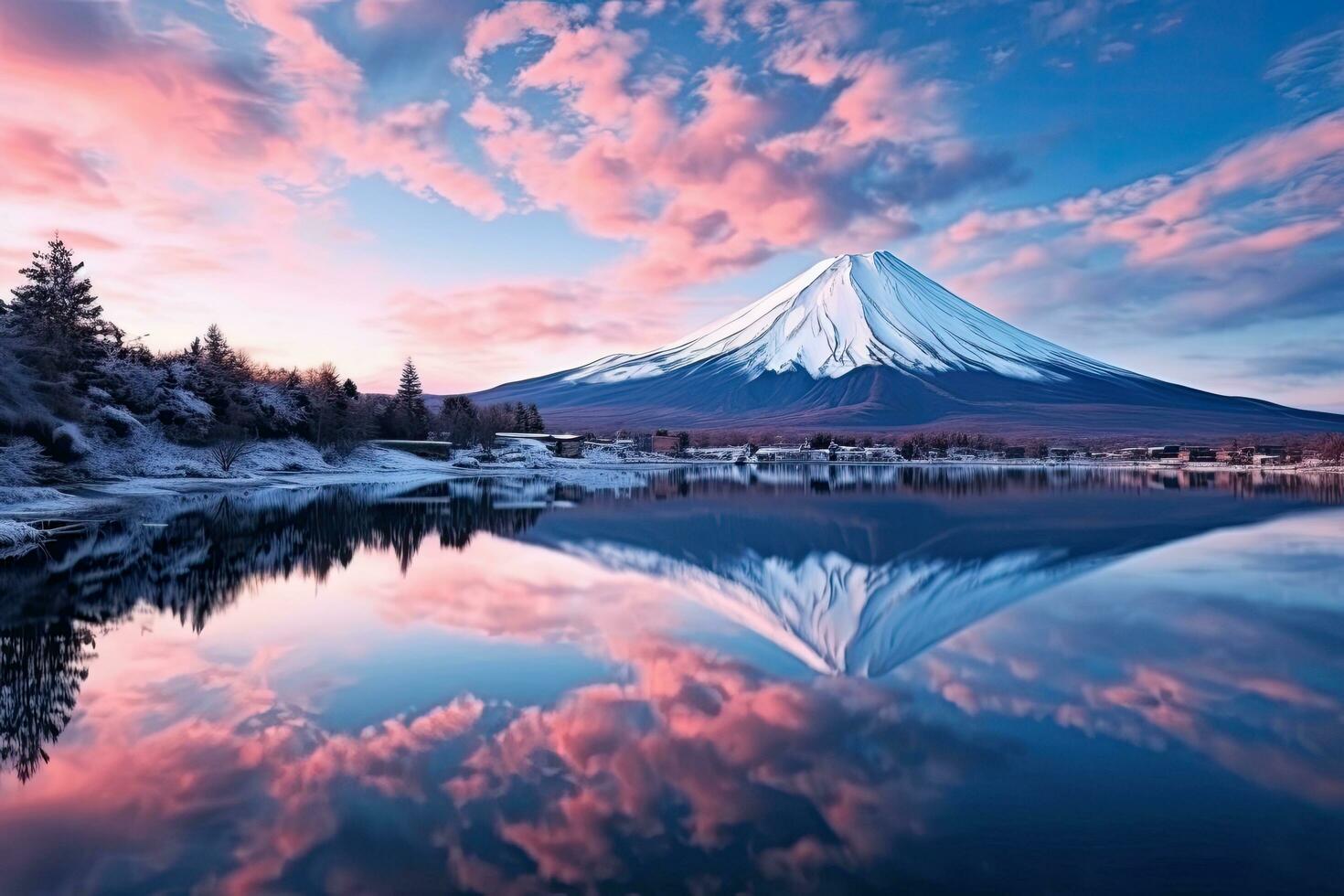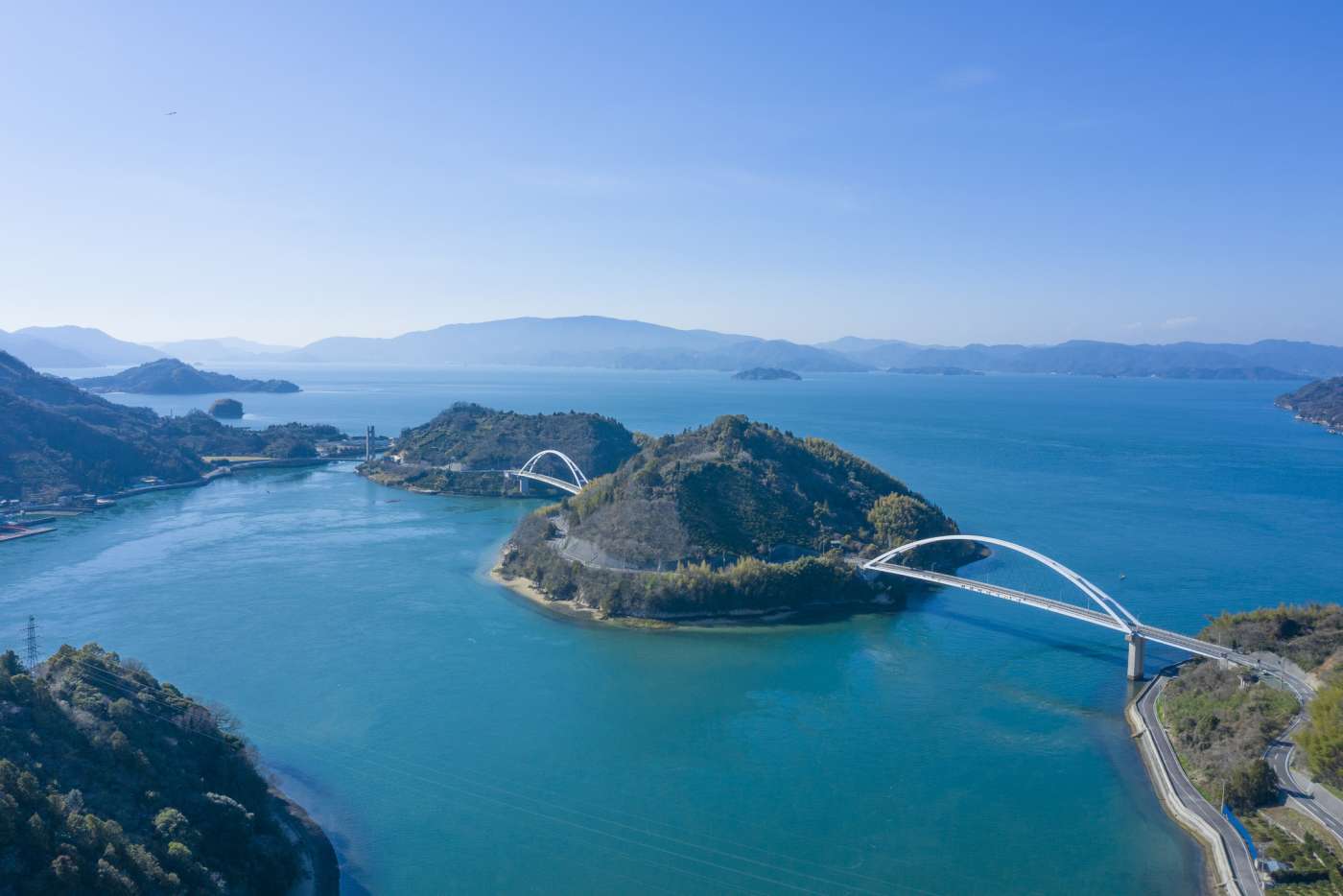
Discover the diverse geography of map:holkvnrhcge= japan through our comprehensive guide to the map of Japan. Explore its islands, cities, and natural landmarks in detail.
Introduction
Japan, an island nation situated in East Asia, is renowned for its unique geographical layout and diverse landscapes. The map of Japan reveals an archipelago comprised of four primary islands—Honshu, Hokkaido, Kyushu, and Shikoku—alongside numerous smaller islands. This geographic distribution profoundly influences Japan’s climate, culture, and economy, making it a nation of considerable interest. The nation’s topography ranges from towering mountains and deep valleys to bustling cities and serene coastlines, creating a tapestry of environments that vary significantly from one region to another.
Honshu The Heart of Japan
Honshu, the largest and most populous island of Japan, is central to the nation’s cultural and economic activities. The map of Japan highlights Honshu’s diverse features, including its major cities such as Tokyo, Osaka, and Kyoto. This island houses the Japanese Alps, providing stunning natural beauty and a range of outdoor activities. Honshu’s geography influences its climate, with coastal areas experiencing mild weather and interior regions subjected to more extreme temperatures. The island’s significant landmarks and historical sites contribute to its role as the cultural heart of Japan.

Hokkaido Japan’s Northern Frontier
Hokkaido, located to the north of Japan’s main islands, is known for its distinct seasons and natural landscapes. The map of Japan shows Hokkaido as a large island characterized by its snowy winters and mild summers, making it a popular destination for winter sports and hot springs. The island’s diverse wildlife and expansive national parks offer ample opportunities for outdoor enthusiasts. Additionally, Hokkaido’s agricultural prowess is evident in its production of dairy products and fresh produce, which play a vital role in Japan’s food industry.

Kyushu The Southern Charm
Kyushu, Japan’s southernmost major island, presents a rich blend of natural wonders and cultural heritage. The map of Japan reveals Kyushu’s volcanic landscape, featuring active volcanoes like Mount Aso and scenic hot springs in Beppu. The island’s subtropical climate fosters lush vegetation and diverse ecosystems. Kyushu also plays a significant role in Japan’s historical development, with ancient temples and historic sites that attract tourists and historians alike. The island’s distinct culture and regional cuisine further enhance its appeal.

Shikoku The Hidden Gem
Shikoku, the smallest of Japan’s four main islands, is often overshadowed by its larger counterparts but offers its own unique charm. The map of Japan indicates Shikoku’s rugged terrain and serene landscapes, including its renowned 88-temple pilgrimage route. This island’s geography contributes to its peaceful atmosphere and traditional cultural practices. Shikoku’s local festivals, historic sites, and natural beauty provide a distinct experience for visitors seeking to explore a less traveled part of Japan.

Tokyo Japan’s Megacity
Tokyo, the capital city of Japan, stands as a bustling metropolis that embodies the country’s blend of tradition and modernity. The map of Japan marks Tokyo as a sprawling urban area, renowned for its skyscrapers, vibrant neighborhoods, and extensive public transportation network. Tokyo’s districts, each with its own character, offer diverse experiences ranging from historic temples in Asakusa to the futuristic skyline of Shibuya. The city’s geographical layout contributes to its role as a major global financial and cultural hub.
:max_bytes(150000):strip_icc()/tokyo-japan-TOKYOTG0621-52012ff551dc46c4a87ac8e3151307a4.jpg)
Osaka The Commercial Heartland
Osaka, Japan’s second-largest city, is a key economic center known for its vibrant commercial activities and historical significance. The map of Japan highlights Osaka’s strategic location near Kyoto and Kobe, enhancing its role in the Kansai region. Osaka’s dynamic business district, coupled with its rich culinary scene and cultural attractions, makes it a prominent destination for both tourists and professionals. The city’s geographical advantages have historically positioned it as a pivotal player in Japan’s economic landscape.

Kyoto The Cultural Capital
Kyoto, often celebrated for its historical and cultural significance, is prominently featured on the map of Japan. As the former imperial capital, Kyoto is home to numerous temples, shrines, and traditional tea houses. The city’s location in the Kansai region and its picturesque setting along the Kamo River enhance its reputation as a cultural treasure trove. Kyoto’s well-preserved heritage sites and annual festivals continue to attract visitors from around the world, making it a cornerstone of Japan’s cultural identity.

Hiroshima A City of Peace
Hiroshima, known for its historical role in World War II, is a city that has transformed into a symbol of peace and resilience. The map of Japan positions Hiroshima in the western part of Honshu, near the Seto Inland Sea. The Hiroshima Peace Memorial Park, dedicated to the victims of the atomic bomb, serves as a poignant reminder of the city’s past and its commitment to global peace. Hiroshima’s recovery and growth reflect its enduring spirit and its importance as a historical and cultural landmark.

Nagasaki A Port City with a Rich History
Nagasaki, located on Kyushu’s western coast, is notable for its historical significance as a major port during Japan’s period of isolation. The map of Japan highlights Nagasaki’s unique geographical position and its role as a gateway for foreign trade and cultural exchange. The city’s historical architecture, including Dejima Island and various churches, reflects its international connections and diverse cultural influences. Nagasaki’s blend of historical and contemporary attractions provides a compelling destination for visitors interested in Japan’s maritime heritage.

Okinawa Japan’s Tropical Paradise
Okinawa, situated in the southernmost part of Japan, offers a tropical climate and distinct cultural influences. The map of Japan places Okinawa as a series of islands renowned for their beautiful beaches, vibrant coral reefs, and unique cultural heritage. Okinawa’s geographical location contributes to its warm climate and diverse marine life, making it a popular destination for tourists seeking relaxation and adventure. The island’s historical ties to the Ryukyu Kingdom and its distinct traditions add to its allure as a tropical paradise.
The Japanese Alps A Natural Wonder
The Japanese Alps, straddling the central region of Honshu, are prominently featured on the map of Japan as a major geographical and ecological feature. These mountain ranges, divided into the Northern, Central, and Southern Alps, offer breathtaking landscapes and diverse outdoor activities. The Alps’ rugged terrain and high peaks provide opportunities for hiking, skiing, and mountaineering. The region’s natural beauty and climatic variations contribute to its status as a significant destination for nature enthusiasts and adventurers.

Mount Fuji An Iconic Landmark
Mount Fuji, Japan’s highest peak, is a striking feature on the map of Japan and a symbol of national identity. Located on Honshu, near Tokyo and Yokohama, Mount Fuji is an iconic volcano renowned for its symmetrical cone shape and cultural significance. The mountain’s presence influences the surrounding climate and landscape, and its status as a popular pilgrimage site and scenic attraction underscores its importance to Japan’s cultural and natural heritage. Climbing Mount Fuji remains a cherished experience for both locals and visitors.

The Seto Inland Sea Japan’s Maritime Hub
The Seto Inland Sea, positioned between Honshu, Shikoku, and Kyushu, is a crucial maritime area highlighted on the map of Japan. This body of water, known for its scenic beauty and numerous islands, plays a vital role in regional transportation and commerce. The Seto Inland Sea’s calm waters and picturesque surroundings make it a popular destination for cruising and island-hopping. The sea’s historical and economic significance enhances its role as a central component of Japan’s maritime landscape.
Japan’s Coastal Regions Diversity and Beauty
Japan’s coastal regions, delineated on the map of Japan, offer a diverse range of environments and experiences. From the rocky cliffs of the Pacific coast to the serene beaches of the Seto Inland Sea, Japan’s coastline showcases its geographical diversity. Coastal areas are integral to Japan’s economy, providing fishing grounds, ports, and tourist attractions. The varied coastal landscapes, including famous sites like the Amanohashidate sandbar, contribute to the nation’s natural and cultural richness.
Major Rivers of Japan
The major rivers of Japan, prominently featured on the map, serve as vital lifelines for the country’s agriculture, industry, and transportation. Rivers such as the Shinano, Kiso, and Tone play essential roles in sustaining Japan’s population and supporting its economy. These waterways, with their varying flows and tributaries, contribute to the regional landscapes and agricultural practices. The rivers’ significance extends beyond their practical uses, as they also hold cultural and historical importance in Japanese society.
Japan’s National Parks
Japan’s national parks, marked on the map, represent a commitment to preserving the country’s natural heritage and biodiversity. Parks such as the Fuji-Hakone-Izu National Park and the Shiretoko National Park highlight Japan’s diverse ecosystems, ranging from volcanic landscapes to pristine forests. These protected areas offer opportunities for outdoor recreation and environmental education. The national parks’ conservation efforts contribute to Japan’s environmental sustainability and provide valuable spaces for visitors to experience the country’s natural beauty.
The Historical Routes of Japan
The historical routes of Japan, indicated on the map, reflect the country’s rich cultural and historical journey. Routes such as the Nakasendo and the Tokaido offer insights into Japan’s past, connecting ancient towns, temples, and landmarks. These historic pathways illustrate Japan’s development over centuries and provide a glimpse into traditional travel and trade practices. Exploring these routes allows visitors to appreciate Japan’s historical heritage and cultural evolution.

Transportation Networks
Japan’s transportation networks, as shown on the map, are a testament to the country’s efficiency and innovation in travel. The extensive rail system, including the famous Shinkansen bullet trains, connects major cities and regions, facilitating swift and convenient travel. Additionally, Japan’s well-developed roadways, airports, and ports contribute to seamless transportation across the archipelago. The country’s infrastructure supports its economic growth and enhances the accessibility of its diverse attractions.
Japan’s Climate Zones
Japan’s climate zones, delineated on the map, illustrate the country’s diverse weather patterns and environmental conditions. From the temperate climate of Tokyo and Kyoto to the subarctic conditions of Hokkaido, Japan’s regions experience a wide range of temperatures and precipitation levels. These climate variations influence local lifestyles, agricultural practices, and tourism activities. Understanding Japan’s climate zones helps visitors prepare for their travels and appreciate the country’s diverse natural environments.
The Cultural Significance of Geography
The map of Japan not only represents geographical features but also reflects the cultural significance of various regions. Japan’s landscapes, from mountainous terrains to coastal plains, have shaped its traditions, cuisine, and way of life. Regional differences in geography contribute to distinct cultural practices and local customs. Exploring the map provides insights into how Japan’s geography has influenced its rich cultural tapestry and societal development.
Environmental Challenges and Conservation
Japan’s geographical features present both opportunities and challenges for environmental conservation. The map of Japan highlights areas affected by natural disasters such as earthquakes, tsunamis, and volcanic eruptions. Addressing these challenges requires ongoing efforts in disaster preparedness, environmental protection, and sustainable development. Japan’s commitment to conservation and resilience reflects its dedication to safeguarding its natural and cultural heritage amidst evolving environmental conditions.

Future Developments and Innovations
Looking ahead, Japan’s geographic landscape continues to evolve with advancements in technology and infrastructure. The map of Japan will likely feature new developments, including cutting-edge urban projects, renewable energy initiatives, and enhanced transportation systems. As Japan embraces innovation, it remains dedicated to preserving its natural beauty and cultural heritage while adapting to future challenges and opportunities.
Conclusion
The map:holkvnrhcge= japan serves as a gateway to understanding the country’s complex geography, diverse landscapes, and rich cultural heritage. From the bustling cities of Tokyo and Osaka to the serene natural beauty of Hokkaido and Okinawa, Japan’s map reveals a nation characterized by its contrasts and connections. Exploring Japan through its map provides valuable insights into its environmental features, historical significance, and ongoing developments.
Read Also: 1 nacht op partycruise en 1 nacht in bungalow met zeezicht halong bay


